On its latest album, the Neave Trio reimagines French chamber music through colour, texture and narrative, anchored by Sally Beamish’s bold take on Debussy’s La Mer
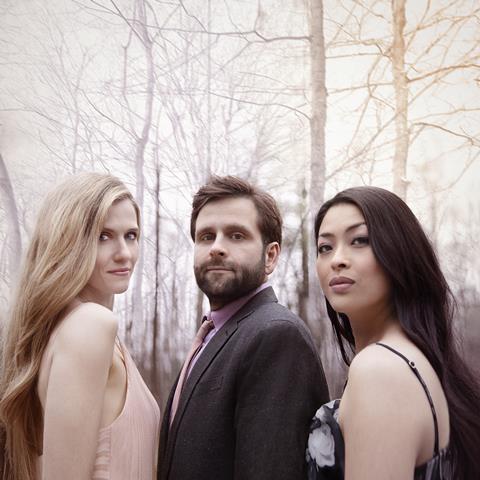
Discover more Featured Stories like this in The Strad Playing Hub
With a name that means ‘bright’ and ‘radiant’ in Gaelic, the Neave Trio has built a reputation for chamber music that is both expressive and conceptually rich. Formed in 2010, the Boston-based group – violinist Anna Williams, cellist Mikhail Veselov and pianist Eri Nakamura – is known for its immersive programming, vivid ensemble interplay and commitment to championing new works. Neave’s latest album for Chandos, La Mer, is no exception: a carefully curated journey through French repertoire that explores mood, motion and sonic colour.
At the centre is Sally Beamish’s remarkable reimagining of Debussy’s orchestral masterpiece La Mer: not a mere transcripton but a full-fledged reinvention for piano trio. Beamish captures the spirit and architecture of Debussy’s music while allowing the trio’s instruments to speak with their own intimate, idiomatic timbres. The result, as the Neave Trio describes it, reveals hidden inner voices and invites a more tactile, transparent relationship with the score.
Around this ‘emotional and thematic anchor’, the trio weaves a compelling narrative of mood and colour encompassing Saint-Saëns’s Piano Trio No. 2, a structurally expansive and dramatically nuanced work, and the evocative Soir et Matin by Mel Bonis (the pseudonym used by Mélanie Hélène Bonis). In her pair of miniatures, Bonis bridges the Romantic love of nature and Impressionist shimmer.
‘We think of albums as curated experiences,’ says the ensemble. ‘These themes help us tell a story and engage more deeply with the music – and hopefully invite audiences to do the same.’
In this conversation with US correspondent Thomas May, all three members of the ensemble share their thoughts on the creative process behind La Mer, the challenges of playing colour-driven repertoire and how their collaborative spirit continues to shape both their artistic identity and their approach to historical and contemporary music alike.
Your recordings often draw connections across composers or historical periods. What drew you to create an album themed around La Mer and how did you shape the narrative arc around it?
Anna Williams: The ocean has always inspired music that’s rich in atmosphere and emotion, and Debussy’s La Mer felt like a powerful anchor for a programme. From there, we wanted to build a narrative that explored different expressions of colour, motion and introspection. La Mer offered the thematic and emotional centre, and we shaped the album around it by pairing it with works that reflect similar sonic ambition, each in its own way. It’s less a literal theme than a thread of feeling and palette that ties everything together.
How did you approach Sally Beamish’s remarkable reimagining of Debussy’s orchestral score – as an arrangement, a translation, or a re-composition?
Eri Nakamura: It truly feels like a new composition. Sally wasn’t trying to replicate the sound of the orchestra – she created something that stands fully on its own. It’s a deeply imaginative addition to the piano trio repertoire, one that pushes the sonorities and expressive potential of our instruments to new limits. We approached it not as a reduction, but as a remarkably original work that carries Debussy’s spirit through an entirely fresh lens. We certainly talked a lot about the original Debussy and sought to emulate the various voices and characters in his original orchestration.
What was most challenging – and most revealing – about interpreting La Mer in this way?
Mikhail Veselov: One challenge was learning how to pace the work in a way that still evokes a sense of scale and drama without relying on massed forces. But what we discovered was a kind of clarity – we could hear the inner workings of the music more distinctly. The transparency of the trio setting revealed details and relationships between parts that can be harder to catch in the full orchestration. That clarity brought us closer to the architecture of the piece.
What new colours or textures did you discover while playing La Mer in this intimate trio version?
Eri Nakamura: The trio setting brings a special kind of intimacy – you feel every gesture more personally. The clarity of lines allowed us to explore very subtle shifts in articulation, tone and colour that might get lost in a larger texture. We found a more-immediate and physical relationship with the music, and that closeness led to a different kind of expressivity, one that feels both fragile and bold at the same time.
How did the Saint-Saëns and Bonis works come into the picture, and what connects them with La Mer?
Anna Williams: Like La Mer, the Saint-Saëns Trio No. 2 has a symphonic sweep – it’s structurally expansive and full of contrast. Even though it’s absolute music, it has a wave-like momentum that echoes the movement and energy we associate with nature. Mel Bonis’s Soir et Matin also draws directly on atmosphere and natural imagery – dawn and dusk. And there’s something in French music generally – a sensitivity to texture and nuance – that feels naturally aligned with the elements, whether or not it’s explicitly programmatic. These works speak to each other through that shared attention to mood and color.
How did your ensemble dynamic evolve through working on such colour-driven repertoire?
Mikhail Veselov: It really made us refine how we communicate. When so much depends on shading, pacing and detail, you develop a heightened awareness of each other’s intentions. We had to constantly adjust and respond in real time, which deepened our flexibility and trust as a group. That kind of collaboration is always evolving, but this repertoire demanded a new level of responsiveness and precision.
What does it mean for the Neave Trio to create themed albums like this one – and how does that shape your identity as an ensemble?
Anna Williams: We think of albums as curated experiences, not just recordings of pieces we love. And we try to shape our live performances with the same intentionality – crafting programs that take the listener on a journey, where the connections between works add meaning. These themes help us tell a story and engage more deeply with the music – and hopefully invite audiences to do the same.
The Neave Trio has also commissioned and premiered a range of contemporary works. Has that experience informed the way you interpret historical repertoire?
Mikhail Veselov: Definitely. Working with living composers gives you insight into how music is built from the inside – how choices are made, and what questions to ask. When we return to historical repertoire, we carry that mindset with us. Every work was once new, unheard, uninterpreted. We try to approach older pieces with the same curiosity and openness, treating them not as fixed artifacts but as living, breathing creations.
The Neave Trio’s latest recording of works by Debussy (arranged by Sally Beamish), Mel Bonis and Saint-Saëns is released on Chandos on 20 June 2025.
Read: Neave Trio: Her Voice
Read: The power of three: the string trio
Read: Neave Trio: Musical Remembrance
Discover more Featured Stories like this in The Strad Playing Hub
The number one source for playing and teaching books, guides, CDs, calendars and back issues of the magazine.
In The Best of Technique you’ll discover the top playing tips of the world’s leading string players and teachers. It’s packed full of exercises for students, plus examples from the standard repertoire to show you how to integrate the technique into your playing.
The Strad’s Masterclass series brings together the finest string players with some of the greatest string works ever written. Always one of our most popular sections, Masterclass has been an invaluable aid to aspiring soloists, chamber musicians and string teachers since the 1990s.
The Canada Council of the Arts’ Musical Instrument Bank is 40 years old in 2025. This year’s calendar celebrates some its treasures, including four instruments by Antonio Stradivari and priceless works by Montagnana, Gagliano, Pressenda and David Tecchler.

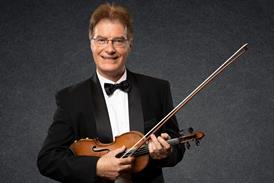
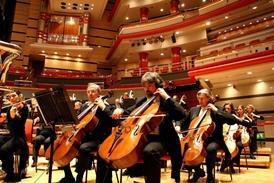
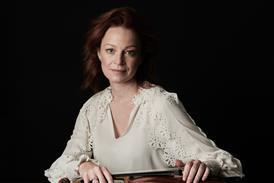
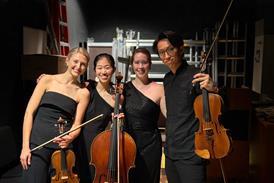

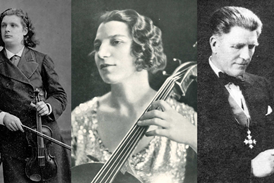



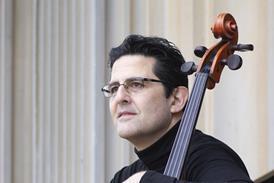
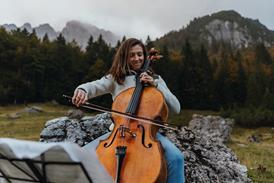
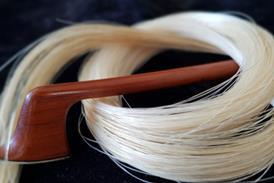
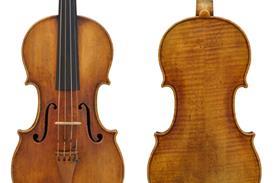
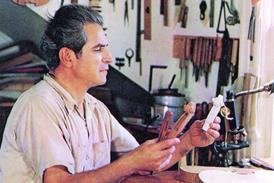
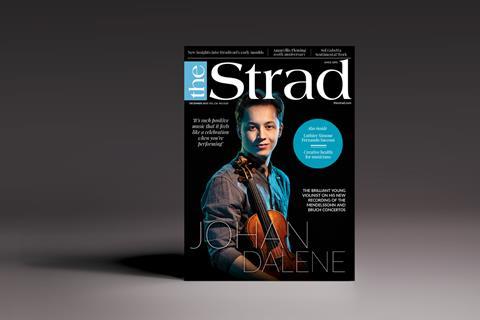
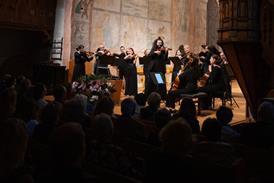

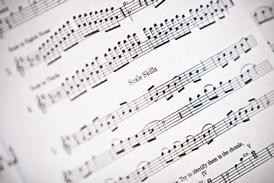
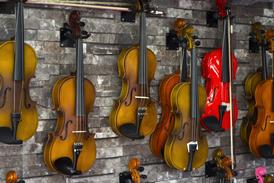

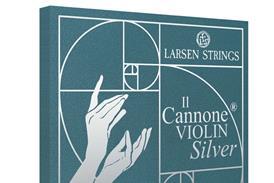

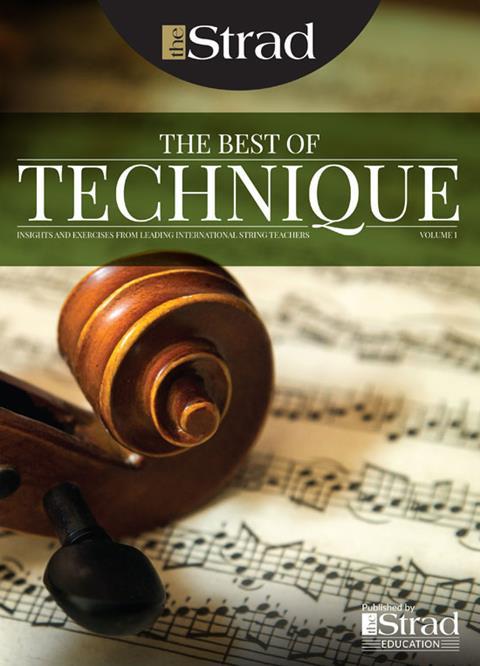
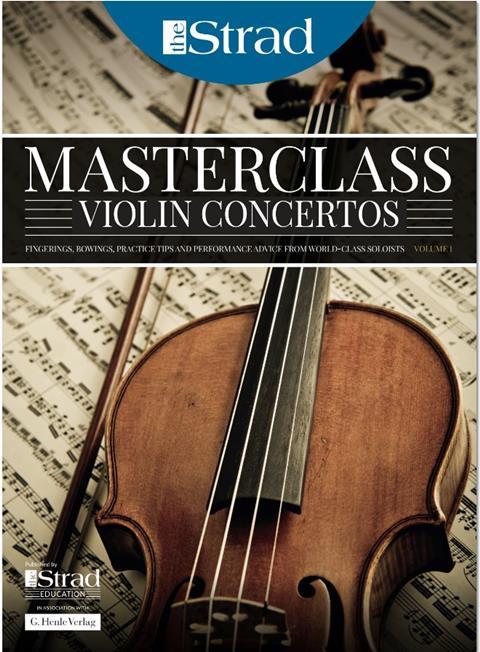
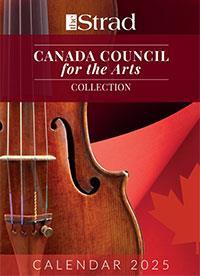
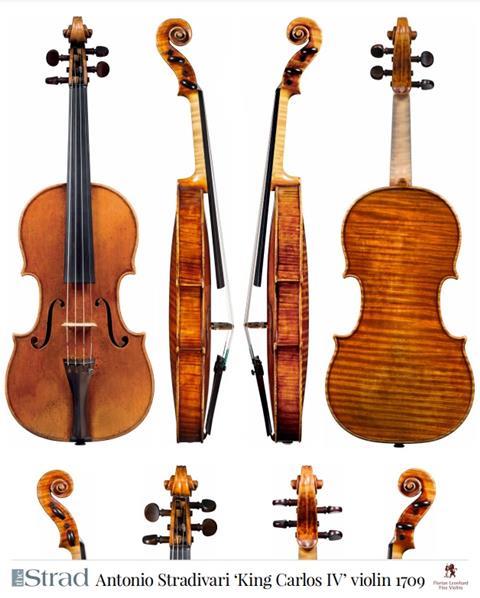
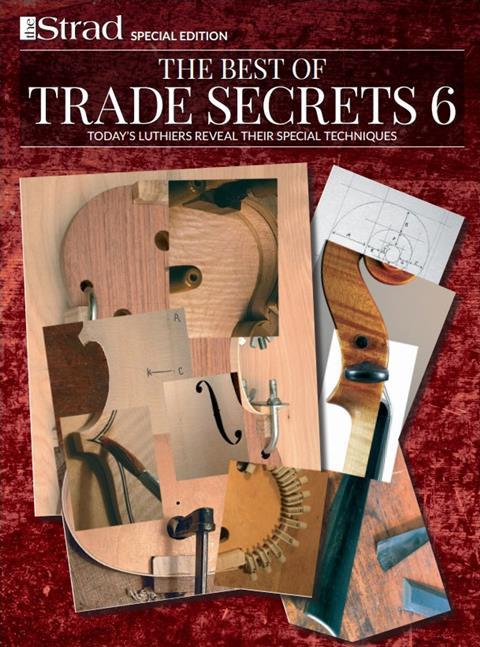
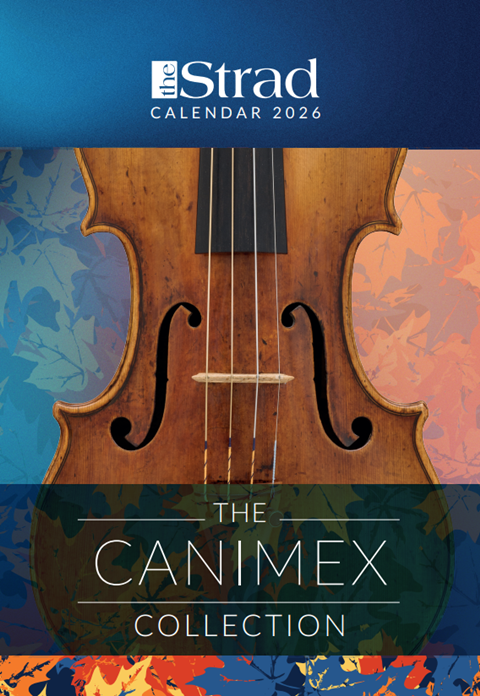
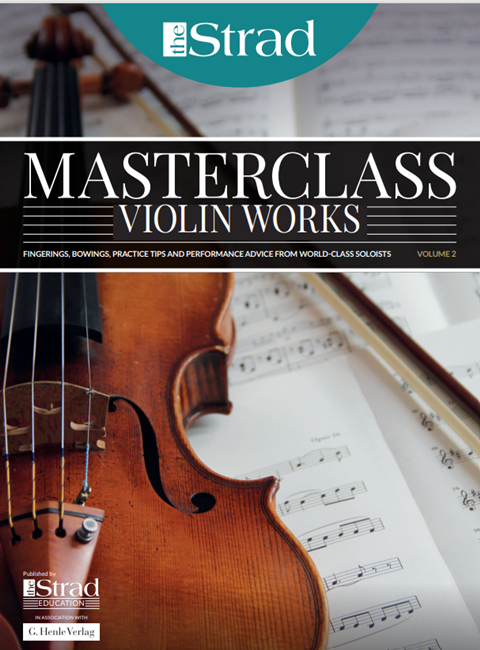
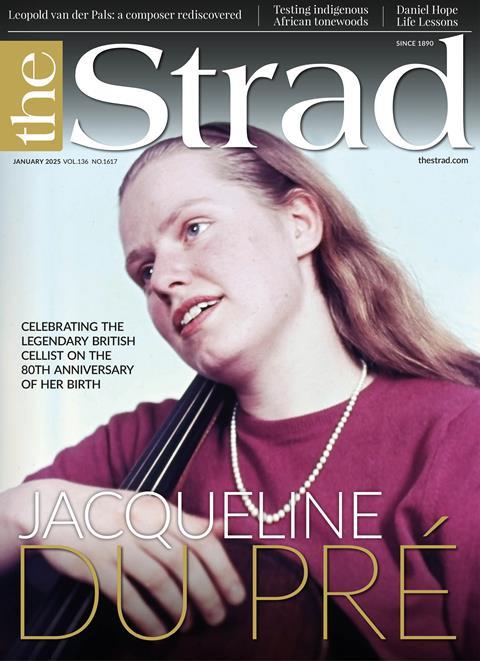
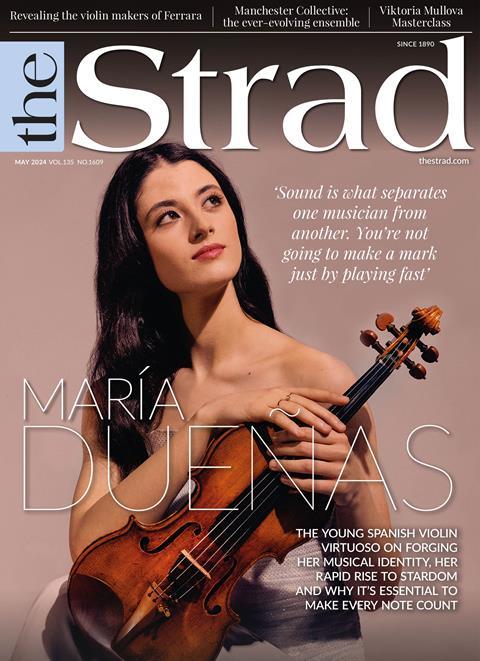
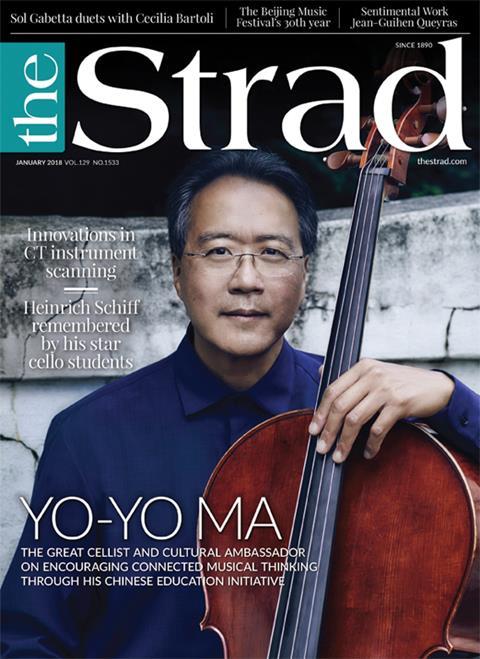












No comments yet